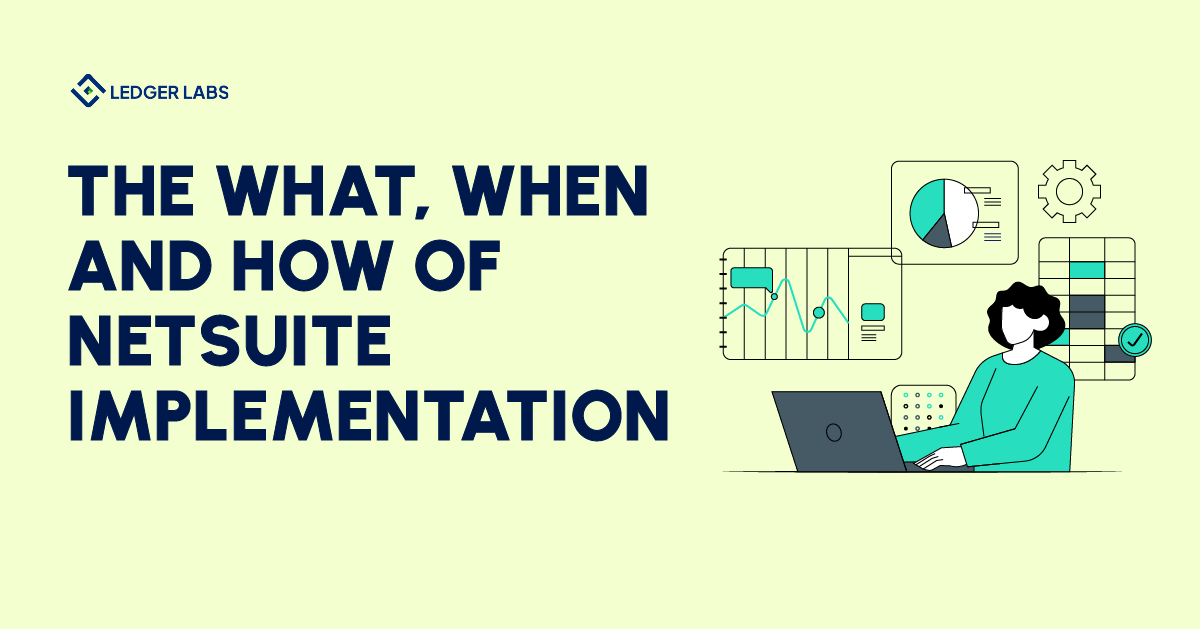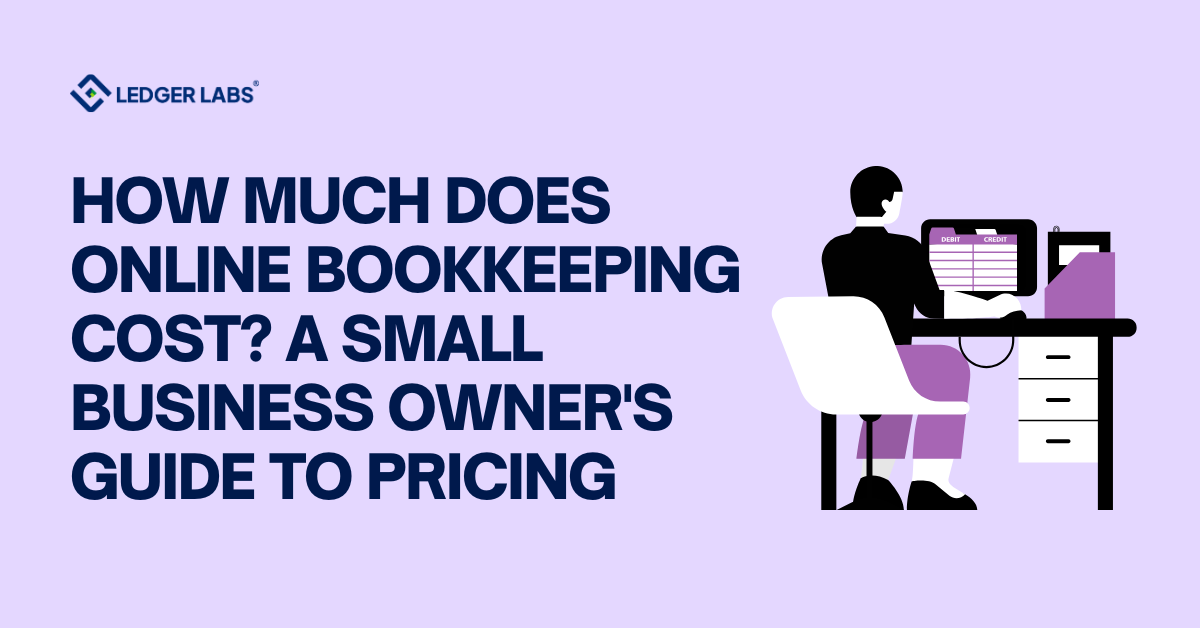1. Clear goals and executive alignment are crucial for successful NetSuite ERP implementation.
2. Establish why the system is needed and ensure organizational buy-in for streamlined execution.
3. Choosing an experienced NetSuite partner significantly reduces risks. Proven expertise in ERP systems ensures smooth integration and proper utilization of the platform.
4. Data quality is critical; cleaning and organizing data before migration prevents errors, ensuring accurate and reliable system outputs post-implementation.
5. Effective integration with existing software and third-party apps enhances functionality, ensuring seamless operational workflows and better system adoption.
6. A skilled project manager bridges technical and operational requirements, ensuring consistent communication and resource allocation during implementation phases.
7. Regular training programs increase user competence, enabling teams to leverage NetSuite’s features fully and optimize operational efficiency over time.
If you are considering using NetSuite implementations, then the steps, common challenges, and the perfect time period for the same, provided in this NetSuite implementation guide, would help you get things right and accurately.
It’s nothing short of a wonder how the Oracle NetSuite gained so much popularity over a short period. The ERP tool is now being used by millions of users and thousands of businesses for ease. The tool is quite helpful to businesses in reducing the workload, sorting things out, and easing out management.
The tool is undoubtedly one of the best ones ever created to help any business, but when it comes to NetSuite implementations, then some of you may face problems. This is because NetSuite is a complicated platform and contains a lot of varied data and features. It’s not possible for all to take advantage of all of these features without expert help.
This is what NetSuite implementations are associated with. The concept is quite simple and just like its name, concerns the implementation or application of the platform with the company’s database.
As said before, there are some challenges that appear while executing the NetSuite implementation services. With the help of this guide, we will have a look at every aspect of implementation including the 10-step procedure, challenges, and the perfect time to implement the platform in your business. So, let’s start with the same right away.
What are the Challenges Faced During NetSuite Implementations?
Before proceeding to anything else, you need to understand why implementation is so tough or the challenges that any business may face while using the services. NetSuite implementations, at times, do not proceed as planned. The business may face glitches, errors, sudden pauses, and other related errors during implementation. Such errors appear because the tool is quite versatile and varied. Additionally, the challenges during the installation also motivate the business.
It’s said that around 10% of all the implementations cease to work or just fail altogether. Especially, when the implementation is preceded with the technical assistance of the NetSuite Implementation Experts and implementation partner/consultant, the chances of errors and failures increase. This happens because the business relies on a small portion of knowledge and information while initiating the implementation.
Additionally, after adhering to the increased popularity of NetSuite ERP the businesses just dive into the decision of getting the software, without ascertaining the total budgetary requirements of the project and of those associated with the project. The sudden need from the portal may face a budget shortage, increasing the chances of failure of the NetSuite implementation services. The cost of the tool alone is quite high and when integration, connectors, and the cost of NetSuite implementation add on, the budgets of even a well-to-do business may get shaken to the core.
So, to get ahead of such problems, the next sections of this NetSuite implementation guide will define the perfect time for initiating and completing the implementation, as well as the complete procedure that you need to follow.
When Should a Business Proceed with NetSuite Implementations?
Some businesses may not know this. NetSuite is a huge platform or tool that requires months or even years of deployment. There are a lot of factors that come into play while introducing the tool. Migration of data, activation of features, integrations, and whatnot. The business needs to consider these factors, lay out the requirements, and then ascertain the time required to implement NetSuite.
Some may say that a tenure of 6 months would suffice, but in reality, the tool may take years to implement fully. So, it’s best that either the business calculates the time of implementation and execution itself, or take the help of a third-party NetSuite implementation consultant who can explain everything to the business.
What is the Procedure for NetSuite Implementations?
If considered roughly as a rule of thumb, the procedure of NetSuite ERP implementations may be summed up into ten steps. The businesses are free to mold or modify the steps as and when necessary according to their requirements. Below, we will try to understand these steps or the entire procedure:
1. Figure Out the Target
The first thing or first step in the procedure for NetSuite implementation services is to figure out the target. Ascertain the targets to be achieved in the long as well as the short run. This will allow you to paint a more accurate picture of how and when you or will you need the software the most. Under this step, you need to find out what you want within the implementation procedure. The level of data migration, the scope of integration, the use of connectors, and everything else should be figured out first.
2. Distribution of Tasks
Once you lay out your business requirements and expectations from NetSuite, you need to assign specific tasks to different employees and individuals for the same. This allotment should be done according to the importance and complexity of the task. For example, the lower level executives should not be handed over the task of finance distribution. Lay out when and how any individual will work on the software and at what position for the ease of NetSuite implementations.
3. Dedicate a Group
Whether you hire a NetSuite implementation partner or proceed with the implementation in-house, you need to dedicate a group of individuals who will assist with the process. If any information related to the businesses is required at any point in the procedure of NetSuite implementations. The group should be ready with answers for a quick resolution. This will resume the procedure very quickly even when it pauses.
4. Initiate to Migrate
When you have decided on the control, the group, and their tasks. The next thing you need to do for NetSuite implementations is migrate the data from other platforms to the newly-opted NetSuite. This step is skippable if your business is not using any third-party software or tool to manage the business.
5. Pre-Setup Training
Businesses may not know this, but because of the varied features and functionalities of the tool. The company needs to train the NetSuite management group or team and its members on how to use the software. Training is very necessary, especially when no NetSuite implementation partner is hire for assistance. This allows the business to act smartly and resolve any problem that appears with the help of the information gathered from the training. Additionally, extensive NetSuite training will also allow the business to gather the required information using different sets of filters and options instantly. This revolutionizes reporting and sampling for business requirements.
6. Customize
You are at the sixth step which means that the NetSuite implementation is around half done. Now you may decide if any feature needs to be customize. Customization allows the business to activate only that part or aspect of NetSuite that the company actually requires, rather than the whole. Activation of the whole setup of the tool would mean increased cost of procurement and management of the platform. So, proceed cautiously.
7. Post-Setup Training
By now, in the NetSuite implementations process, the complete data from other platforms would be migrate to NetSuite. Once the business checks the authenticity of the data. The business would then prepare for the post-setup training of the software. Under this, the managing group will be train about various extensive functionalities of the tool and how to use various filters, pair with other customizations to make the best out of the platform. This will allow the business to specify the requirements to the executives. And then gather the required information in a comprehensive and brief format for further use.
8. Checking
By now, the pre-NetSuite implementation procedure is complete. Now, you need to take care of the post-installation requirements. In this step, the business would arrange for the checking of the platform. This means that the wool would be run under various matrices to know if the software has been implement perfectly or not. If any bugs or errors are found, then the same would be cured before using the platform any further. Under this step, the software will undertake some tests to ensure the sanctity and optimal performance of NetSuite.
9. Running
Once the tool has been test in the previous stage of NetSuite implementations and all the bugs are remove. Now it’s time for the business to use the software in the daily run. Beyond this point, every set of data, every piece of information, every desired operation, and other necessary details will cross the platform’s database. The same would be record in the software in real time for further use if the need ever arises.
10. Support
The support is the last step of the NetSuite implementation services procedure. This is a never-ending step and remains in the run as long as the software runs. The support services allow the business to seek the assistance of experts when and if it faces any problem while using the software.
So, this was the complete and utter requirements or procedure of NetSuite implementations. That every business needs to follow in order to get a healthy and ever-running bug-free system. As long as you keep in mind the common challenges and then follow the exact procedure as provided.
You will not face any problems during or even after executing the Netsuite implementation process. If you still facing problems then get free consultation.












